Such pathology as plantar fasciitis in modern medicine is widely known. Determining the symptoms and prescribing treatment for a competent specialist is not difficult. Therefore, by contacting a doctor in time to get rid of the disease, you can quickly enough.
Record content:
- 1 What is plantar fasciitis?
- 2 Causes of the disease
- 3 Factors provoking the development of the disease
- 4 Plantar fasciitis symptoms
- 5 Diagnostics of the fasciitis
- 6 Plantar fasciitis treatment
- 7 Drug treatment: names of drugs, instructions for use
- 8 Surgical interventions
- 9 Using extracorporeal shock wave therapy
- 10 Alternative and home treatments
- 11 Insoles for shoes
- 12 Physiotherapy: effective exercises, rules of execution
- 13 Massage
- 14 Plantar fascia prognosis
- 15 Fasciitis Videos
What is plantar fasciitis?
Plantar fasciitis, the symptoms and treatment of which are discussed in the article, is an inflammatory process of the foot, which affects the soft tissue at the junction of the heel and plantar aponeurosis (the muscle that connects the fingers and bone heels).
 Plantar fasciitis refers to diseases of the skeletal system and connective tissue.
Plantar fasciitis refers to diseases of the skeletal system and connective tissue.
Causes of the disease
Most often, pathology occurs in women. The risk group includes people 45-65 years old.
The causes of the disease include the following:
- Long distance running.
- High arch of the foot.
- Osteochondrosis.
- Improper walking.
- Flat feet.
- Diseases of the joints.
- Gout.
Factors provoking the development of the disease
There are 3 main factors that can trigger the onset of the disease.
It is necessary to pay attention to:
-
Excess weight. It is a great burden for the entire human body. Not only the cardiovascular system suffers, but also the legs. The greatest load comes precisely on the heel, as a result of which plantar fasciitis begins to manifest itself.
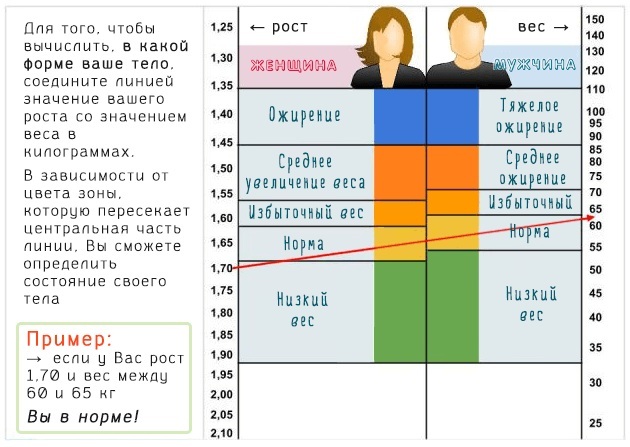
- Shoes. It is necessary to purchase shoes that fit your feet or use insoles for a more comfortable fit. It is best to use athletic shoes whenever possible. Also, don't wear very high-heeled shoes.
- Sport. People who go in for jogging, basketball and other sports that have repetitive movements are prone to the development of pathology. It is during such movements that there is a great load on the plantar fascia.
- Walking barefoot. It is best to use slippers at home.
Plantar fasciitis symptoms
Plantar fasciitis, the symptoms and treatment of which are fully studied in medicine, is quite easy to determine. The main symptom is pain. Its focus is in the area of the back of the foot. The pain can be given to the fingers, as well as to the muscles of the lower leg. It is usually sharp and becomes stronger with prolonged walking. In the evening, it becomes very strong and the person will not be able to move independently.
In addition to pain, there are other symptoms:
- Deformation of the foot occurs. This is due to a shortening of the fascia and a decrease in its mobility.
- Cramps of the muscles of the foot, as well as the calf muscles, are possible. Convulsions can appear at any time of the day, even at night.
Often the disease is ignored, as a result of which plantar fasciitis develops, and the symptoms become more serious:
- Spurs appear. This is due to the proliferation of bone tissue, which is clearly visible on an X-ray.
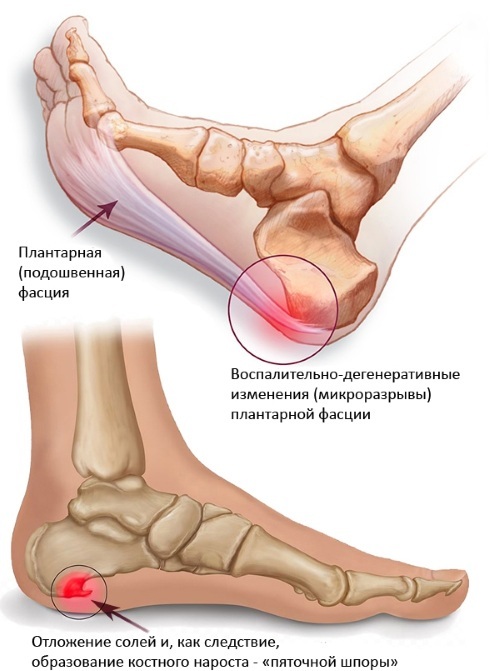
- Lesions of pain appear on the foot, ankle and in the area of the big toe.
- The foot begins to swell a lot. On palpation, slight pain is felt.
In addition to the above complications, osteophyte may occur. This disease occurs due to the appearance of a build-up on the surface of the bone tissue. During osteophyte, the skin turns red, lameness occurs, the leg is deformed. The pain becomes so acute that a person simply cannot move without support.
Diagnostics of the fasciitis
Examination for fasciitis begins with a visit to a therapist. It is he who prescribes the initial laboratory and instrumental examinations.
In the future, you need to contact an orthopedist who deals with the specialized treatment of pathology. In addition to the orthopedist, a physiotherapist deals with plantar fasciitis.
Diagnosis of fasciitis includes several stages of patient examination:
- To begin with, the medical history is examined. It is necessary to find out exactly when the pain began, where it is localized and at what time of day it causes the greatest discomfort.
- At the next stage, the doctor needs to determine the location of the pain, determine its type and cause. An assessment of the functions of the musculoskeletal system is given: reflexes, a sense of balance, muscle strength and sensitivity in the area of the foot are checked.

- At the third, final stage of the examination, an X-ray or computed tomography is prescribed.
Plantar fasciitis treatment
Plantar fasciitis is treated in a comprehensive manner. The doctor, relying on the symptoms, prescribes not only drugs related to non-steroidal anti-inflammatory drugs (NSAIDs), but also gymnastics, the use of devices for fixing the foot and walk.
If plantar fasciitis is detected at the beginning of development, the main focus of treatment is the removal of soft tissues, as well as unloading the aponeurosis.
Drug treatment: names of drugs, instructions for use
Medication can only relieve pain and swelling, not bone growth.
Drugs fighting this disease should be divided into 3 main groups according to the method of administration:
| Injections | Solutions for injections |
| Orally |
|
| Locally |
|
There is another classification:
- Non-steroidal medications. These drugs reduce pain and inflammation. This happens due to a decrease in vascular permeability. The most famous drugs of this type are:
-
Ibuprofen. It comes in 200 mg or 400 mg tablets. The package contains from 10 to 50 tablets. This drug has an anti-inflammatory and anesthetic effect. Such a drug should be taken no more than 3-4 times a day (200 mg tablets) or 2-3 times (400 mg tablets). It is better to take the medicine before meals or with food, with water. The course of treatment is 5 days (when Ibuprofen is taken without consulting a specialist).
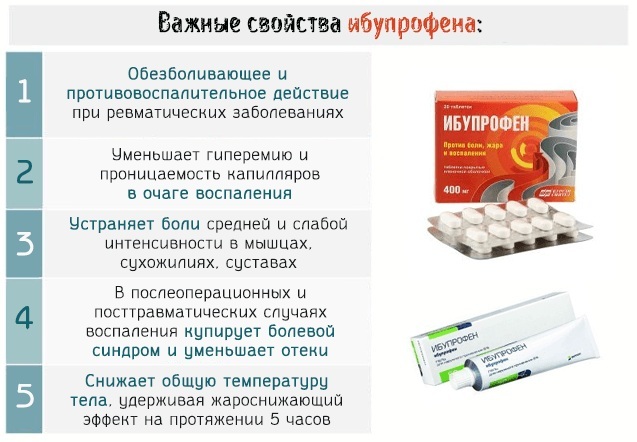
- Ketoprofen. The medicine is available in 100 mg tablets. The package contains 5 to 20 tablets. Ketoprofen is used as a pain reliever. The dosage is set for each patient separately. Basically, the daily allowance is 300 mg.
- Dimexide. The medicine is available both in the form of a gel and in the form of a concentrate. Dimexide has an analgesic and anti-inflammatory agent.
To relieve pain, the concentrate is used in the form of rinses and compresses. The solution must be mixed with water in a ratio of 1: 5. After that, it is necessary to moisten a napkin well in it and put it on the heel, putting on a sock on top. The procedure lasts 30 minutes, maximum - 40 minutes.
To improve the effect of the procedure, an anti-inflammatory ointment should be applied to the heel. The gel is also used 2-3 times a day. It is applied to the affected area in a small layer. In general, the course of treatment lasts 10-15 days. Re-treatment is possible no earlier than 10 days later.
- Hormonal drugs. They should only be used on medical advice. The most popular hormonal drugs for plantar fasciitis are:
-
Hydrocortisone ointment. This drug is available in a 10 g tube. For application to the skin, you must choose 1% ointment. Dosing is carried out individually. As a rule, the ointment should be applied 2-3 times a day. The ointment is applied to the bandage. The bandage itself should be changed at least once a day. The course of treatment, again, is chosen individually - from 4 days to 2 weeks. It is recommended to consult a doctor again if there is no effect 2 days after the start of taking the drug.
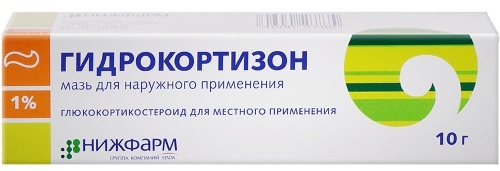
- Betamethasone. The drug is available in ampoules, 1 ml each. Betamethasone reduces edema and improves fluid flow. The drug is administered intravenously. A single dose is 4-8 mg. If necessary, the dose may be increased. Also, Betamethasone can be administered inside the joint. Then a single dose will be 0.4-6 mg (depending on the size of the joint).
- Anesthetics. For plantar fasciitis, pain relievers are widely used:
- Diclofenac. It comes in 25 mg tablets. Each package contains from 10 to 30 tablets. Diclofenac fights inflammation and relieves pain. You can take no more than 6 tablets per day per day. You can take 2 tablets at a time. As soon as there is an improvement, it is necessary to reduce the dose to 50 mg (2 tablets) per day. The duration of treatment is determined by the doctor. You should give up alcohol while taking Diclofenac.
- Pain relief injections: Analgin, Diclofenac and Ketorol. For fasciitis, medication is injected into the buttock. The drug should be administered only in emergency situations if the pain cannot be tolerated. After the injection, you need to see a doctor to install a blockade.
Surgical interventions
Surgery for plantar fasciitis is extremely rare. Only 5% of people with this disease have indications for it.
Surgical intervention is performed in the following cases:
- the disease lasts more than 6-12 months;
- other methods of treatment do not help;
- plantar fasciitis seriously interferes with normal functioning.
The essence of the operation is that part of the plantar fascia is excised, thanks to which the tension can be relieved, and the inflammation disappears. The work is carried out under local anesthesia. For a speedy recovery of the sick foot, the splint is immobilized for 3 weeks.
The operation is carried out in two ways:
- Endoscopic method. After such an operation, the patient recovers much faster, but there is a possibility of nerve damage.
- With a cut.
When using the first method, the patient can immediately wear light shoes. Regular shoes can be put on after a while (it all depends on the speed of recovery). A person will be able to return to an active lifestyle after 4 weeks. The load should be increased gradually. In the first 3 months, jogging should be completely abandoned.
Despite the high percentage of complete recovery (75%), complications after surgery may occur.
The most common ones are:
- Worsening of the symptoms of the disease.
- Long-term wound healing.
- Heel pain may return.
- Complications associated with infection.
Using extracorporeal shock wave therapy
The machine for extracorporeal shock wave therapy (ESWT for short) contains a compressed air system. This unit is often used as an alternative to operations. During treatment, the penetrating ability of the cell membranes increases, due to which the regeneration processes in the affected area are activated.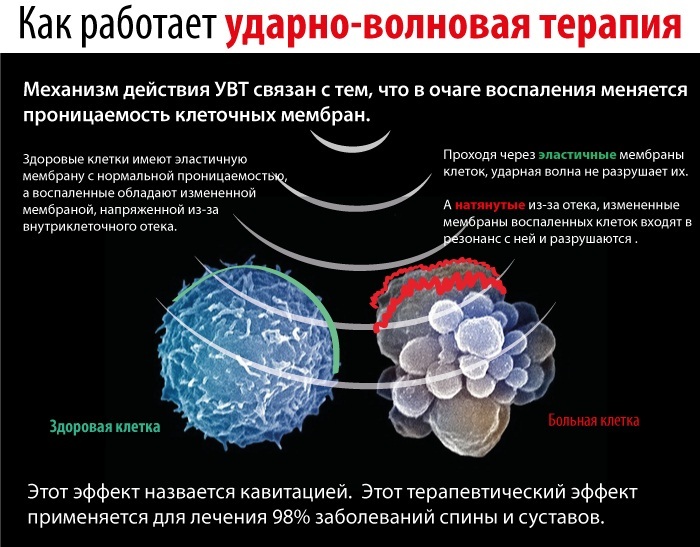
The procedure is carried out in a hospital. There is no need for any special preparation of the patient before treatment. During the procedure, the patient sits on the couch in a relaxed state. The device is adjusted for each person individually. The procedure itself lasts 7-25 minutes. The break between each treatment is from 4 to 6 days. The course includes 10 sessions in total.
Extracorporeal shock wave therapy has the following contraindications:
- Angina pectoris.
- Poor blood clotting.
- The presence of a pacemaker.
- Infectious process.
Alternative and home treatments
Plantar fasciitis, the symptoms and treatment of which with drugs are discussed in the article for review, can be treated with folk remedies. But they must be used together with the main treatment, which is prescribed by the attending physician. Medicines containing natural ingredients effectively relieve pain and inflammation.
-
Baths. To prepare the solution, it is necessary to boil the water and let it cool slightly. Then you need to add 2 tbsp. l. sea salt. Feet must be immersed in the solution for no more than a quarter of an hour. Baths are done every day before going to bed.

- Walnut. It is necessary to chop the peel of the nuts (10 pcs.). The peel is poured with boiled water (0.5 l.) And infused for 30 minutes. Afterwards, 0.5 liters of boiled water is poured into the infusion. Next, you need to lower your feet into the solution and keep them in it for about 20 minutes. The duration of the course is 1.5 weeks.
- Ointments. An effective ointment for plantar fasciitis can be prepared using horseradish. To do this, grind the horseradish rhizome on a fine grater. After 20 g of the prepared raw materials, it is mixed with 20 g of grated laundry soap. The resulting composition must be stirred and applied to the heel. From above, you need to wrap the leg in cellophane and put on a tight sock. The ointment is applied every day, all night.
- Cabbage. You need to take a large cabbage leaf, rinse it well. Then the sheet must be beaten off well. It is applied to the heel. It must be secured with a bandage. Next, you need to put on a warm sock. The procedure is carried out every day before bedtime.
Insoles for shoes
Shoe insoles are used to reduce stress on the feet. Orthopedists recommend using orthopedic products. It is important to put insoles under both feet, and not just under the patient.
When choosing insoles, you should contact an orthopedist to help you choose them according to the shape and size of your feet.
Physiotherapy: effective exercises, rules of execution
There are exercises that contribute not only to a speedy recovery, but also to prevent the disease. They do not take long to complete and do not require special equipment.
- Stretch your feet to keep your toes tight. Then it is necessary to massage the fascia area with clockwise movements, lightly pressing on it.
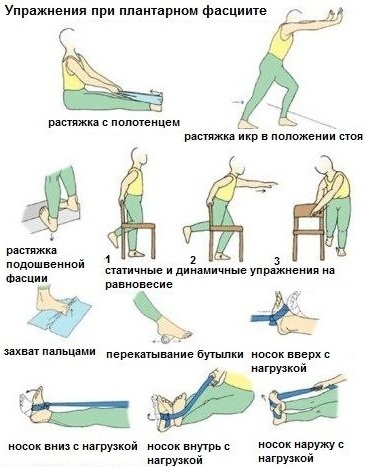
- In the next exercise, you need to stretch your feet forward. Straighten your leg. Next, you need to bend your toes back with your hands. The foot must be kept in a state of tension. You need to do the exercise 2-3 times a day for 10 repetitions.
- For the third exercise, you will need a tape (you can use a belt). You need to sit on the floor and grab the upper part of the foot with a tape. Then you need to pull the tape towards you until you feel a slight muscle tension. In this position, you need to fix the leg for 15 seconds, then return to the opposite position.
- The patient needs to sit on the floor, then bend the toes and straighten them so that they look at the patient. When extending, it is advisable to spread the fingers as best as possible.
- You will need a chair for the next exercise. It is necessary to sit down, place your hands on the belt and bend one leg and straighten the other. The patient needs to slowly bend forward until there is tension in the hamstring. After 15 sec. you can return to the starting position.
Therapeutic exercises will help strengthen the muscles of the legs, tendons and ligaments, increase their elasticity.
Massage
Plantar fasciitis, the symptoms and treatment of which are discussed in the article, can be treated with massage. The massage effect is used together with medicines and traditional methods of treatment.
The massage helps to improve the blood supply to the affected fascia, relieves tension and, along with it, pain syndrome, eliminates swelling and stiffness of the muscles of the feet.
There are 3 main massage techniques for plantar fasciitis:
- Impact on the spur. The heel is wrapped around the hands so that the thumbs are on top. Then the heel thorn is massaged in a circular motion.
- Finger pinching. With small tweaks it is necessary to move from the longitudinal arch of the foot to the bone growth.
- The heel must be massaged from 2 sides with circular movements of the fingers.
- Trituration. It is necessary to rub the heel from the edges towards the cleat.
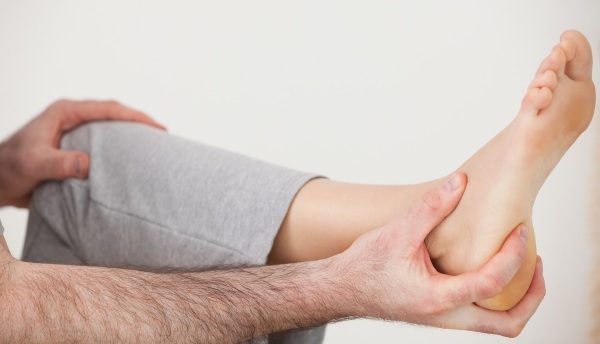
It is best to use warming agents during the massage, such as Fastum-gel, Kapsikam, Voltaren.
Plantar fascia prognosis
With the right approach and timely referral to a specialist, the prognosis of the disease is more than favorable.
If you ignore the symptoms of plantar fasciitis and postpone treatment until later, the recovery time can increase several times, and treatment will become noticeably more expensive. It can also lead to disability.
Author: Vladimir Kharlamov
Fasciitis Videos
About plantar fasciitis:



